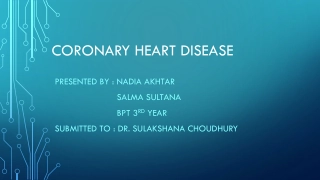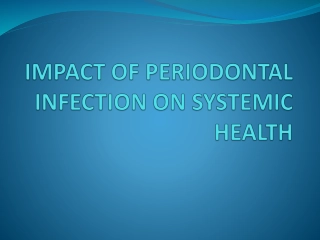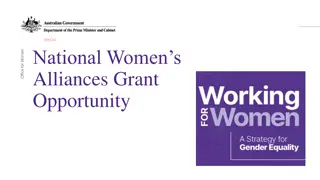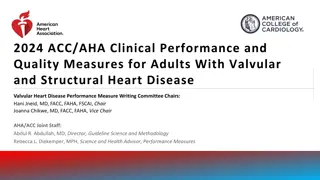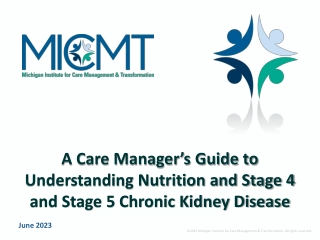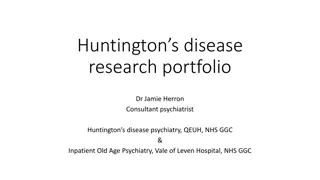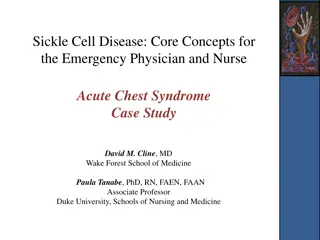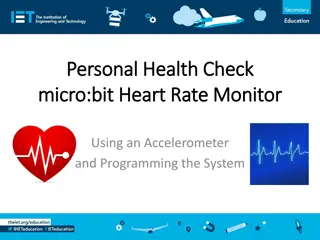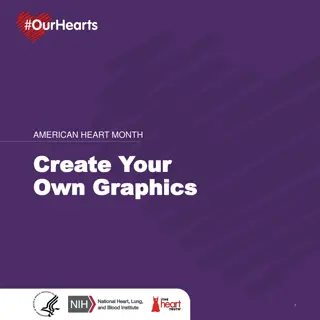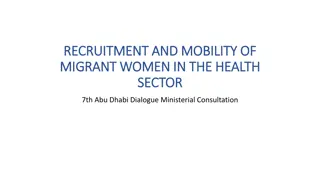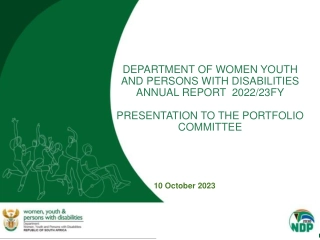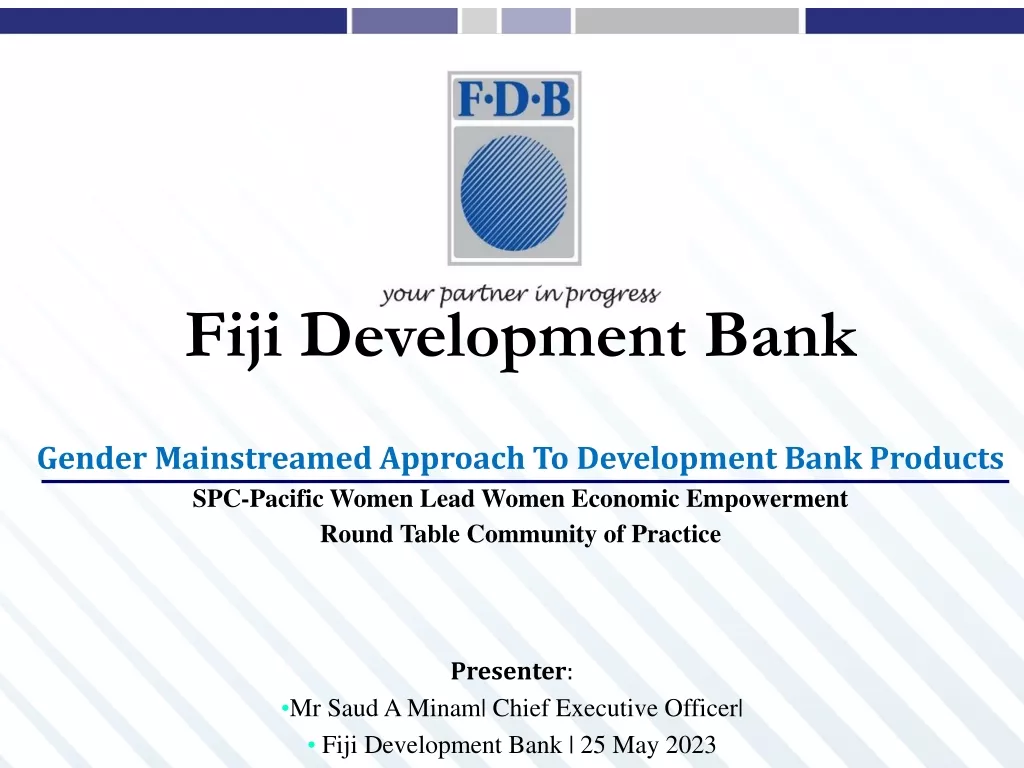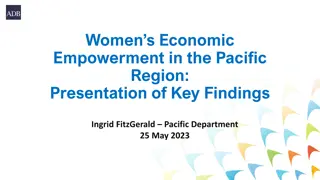Heart Disease in Women
The leading cause of death in women, the differences in symptoms, risk factors, and the disparities in care and research.
Download Presentation
Please find below an Image/Link to download the presentation.
The content on the website is provided AS IS for your information and personal use only. It may not be sold, licensed, or shared on other websites without obtaining consent from the author. Download presentation by click this link. If you encounter any issues during the download, it is possible that the publisher has removed the file from their server.
Presentation Transcript
Heart Disease in Women Nakela L. Cook, MD, MPH Executive Director, PCORI Women s Heart Alliance/WomenHeart Congressional Briefing March 1, 2023
Heart Disease in Women Heart disease is the leading cause of death in the United States for both sexes In 2020, nearly 315,000 women died from heart disease - about 1 in 5 deaths Perception that heart disease primarily affects men has implications for awareness Awareness of heart disease as leading cause of death among women declined from 65% in 2009 to 44% in 2019. In a 2014 study, only 22% of primary care physicians and 42% of cardiologists felt extremely well prepared to assess women s risk for all cardiovascular disease When considering all cardiovascular diseases - 57% of stroke deaths in the US are in women Sources CDC: Women and Heart Disease Ten-Year Differences in Women s Awareness Related to Coronary Heart Disease: Results of the 2019 American Heart Association National Survey. Circulation. 2020. Knowledge, Attitudes, and Beliefs Regarding Cardiovascular Disease in Women: The Women's Heart Alliance
Sex Differences in Heart Disease There are known differences in anatomy, risk factors, clinical presentation, and treatment response Most common symptoms for both men and women: pain in chest, jaw, neck, or back; shortness of breath Women more likely to exhibit symptoms of lightheadedness, indigestion, extreme fatigue Women more likely than men to die from heart attacks Differences in presentation can lead to under-recognition and underdiagnosis Women also more prone to smaller vessel disease, while men more commonly develop blockages of larger arteries Women about twice as likely to develop heart failure with preserved ejection fraction heart muscle is too stiff for the heart chamber to fill with blood properly
Risk Factors for Women For both sexes: hypertension, diabetes, hyperlipidemia, age, obesity, smoking, family history, sedentary lifestyle Risk factors specific to women: Hypertension often underdiagnosed in women, under control in fewer than 1 in 4 women with HBP. More than 56 million US women have HBP HBP in pregnancy increases heart disease risk later in life Early onset of menarche and menopause Diabetes during pregnancy Women have more frequent adverse cardiovascular outcomes related to depression and anxiety than men Inflammatory and autoimmune disorders affect women disproportionately, increase risk
Disparities in Care and Research Prior studies report: Women get lifesaving procedures less often, later, during a heart attack. Women less likely than men to be prescribed aspirin, statins, ACE inhibitors Inclusion of women in CV trials critical to overcoming disparities Women especially underrepresented in heart failure studies Barriers to inclusion of women in CV trials include Lower rates of referral to cardiologists and specialty programs Lack of awareness, trust, logistical barriers Underrepresentation in clinical trial leadership Pregnant women often excluded from research
National Priorities for Health and Topic Themes PCORI's CV Portfolio 93 active or completed patient-centered CER studies $500 million total 40% focus on women
The BP-CHECK Study To diagnose HBP, medical guidelines recommend patients wear a monitor at home to check BP over 24 hours. Research team compared three methods: (1) Staff checking BP in the clinic, (2) patients taking BP at home, (3) Patients taking BP three times, a minute apart, at a kiosk in a clinic or pharmacy. Home method was best at diagnosing HBP, and patients preferred this method. After six months, across the three methods, all patients had lower blood pressure. 7
Toward Better Heart Health in Women Tailored prevention Awareness and recognition Healthy Hearts for Women Equitable clinical treatment and care Inclusive and sex-specific research






